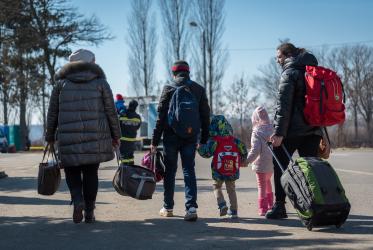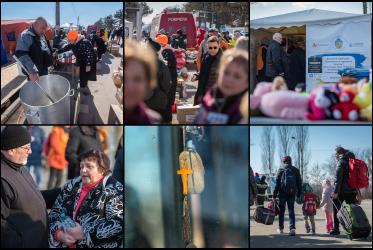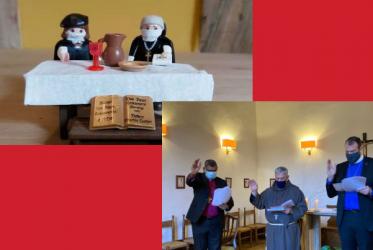Hungría
The Hungarians (Magyars) are a people that migrated from the Volga area in the east and settled in today's Hungary at the end of the 9th century. Later on, Hungary became part of the Austro-Hungarian empire. After World War I, large parts of the country were ceded to neighbouring countries by the Treaty of Trianon. Since then, important Hungarian minorities have been living in Slovakia, Romania, Serbia and Ukraine. During World War II, Hungary was on the side of Nazi Germany, which occupied the country in 1944. After the war Hungary became part of the communist bloc. An insurrection in 1956 was severely repressed by the Soviet army. Many Hungarians fled to the west. With the collapse of the Soviet Union, democratic elections became possible in 1990. Politically and economically, the country has sought integration with Europe. It joined the European Union in 2004. Christianity came to Hungary in the 10-11th century. The Reformation - Lutheran and Calvinist - had a strong impact, but due to the Counter-Reformation, the Catholic Church is the majority church. In the communist period, the Protestant churches developed a theology of diakonia, as a way of being church in a socialist society. Orthodoxy has been present in Hungary for centuries, but has remained small. The Ecumenical Council includes the main Protestant and Orthodox churches, and the Catholic Church is an associate member. Evangelical and Pentecostal/Charismatic groups represent about 3 percent of the Christians. The Evangelical Alliance of Hungary is affiliated with the WEA.




